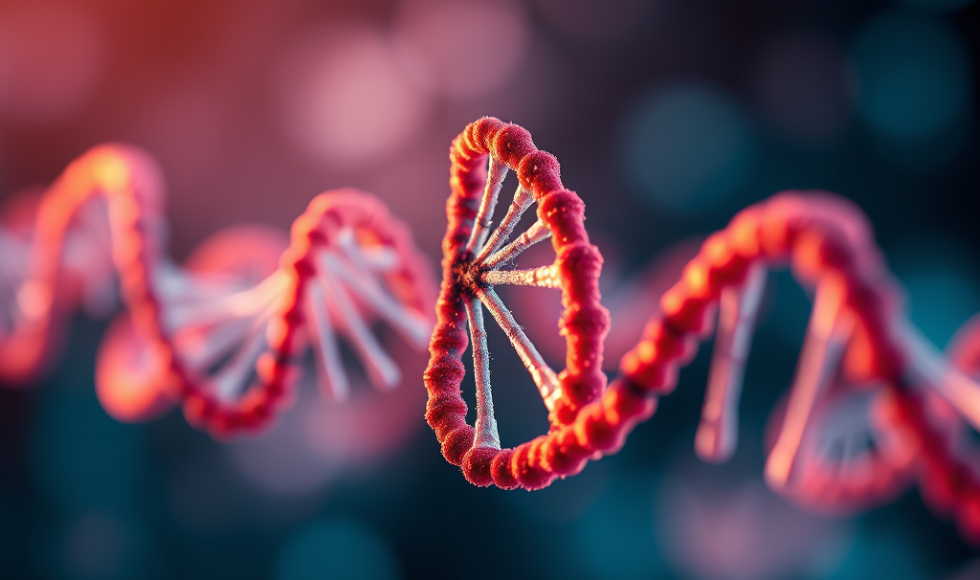We’ve been discussing the direct RNA sequencing kit and process in class. Tonight, I watched Bronya Boydon, Machine Learning Bioinformatician with Oxford Nanopore Technologies, provide the “Direct RNA basecaller update” as part of the Nanopore Community Meeting. Boydon described how RNA is translocated through the pore. Direct RNA has the benefits of long reads, simplicity, and methylation detection. Full-length RNA transcripts allow the characterization of transcripts and poly(A) tails. Boydon shared a direct RNA signal with a DNA adapter, poly(A) tail, and RNA transcript. Nanopore has created a set of transcripts with different known poly(A) tails and used these to confirm the basecaller. The canonical basecaller is trained using supervised machine learning models and training datasets. Different signal dwell times and intensities are used to train the canonical base caller. The modification caller can detect modifications reference-free, base-resolved. Now inosine, m5C, m6A, and pseudouridine can be detected. RNA can be prepared for direct sequencing in about two hours. Dorado can be used via the command line. A single line can start the basecalling of modified RNA bases!



